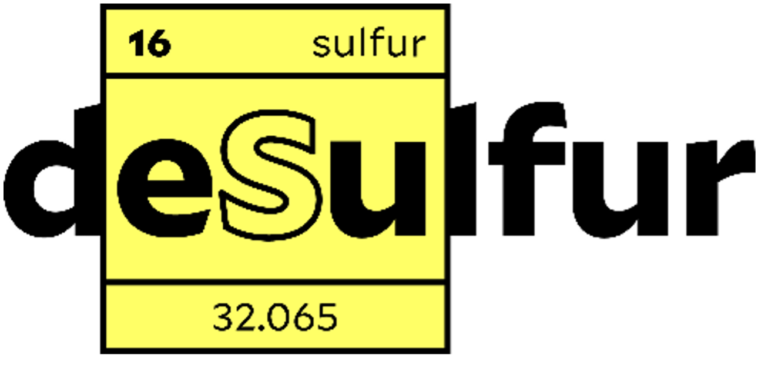


Menu
Triantafyllidis Research Group





ADVANCED NANOPOROUS MATERIALS FOR THE DEEP DESULFURIZATION OF LIQUID FUELS VIA ADSORPTION IN MILD CONDITIONS (DeSulfur)
Total Budget
991.539,48 €
Duration
7/2020 – 7/2023
The project is implemented under the Action “RESEARCH – CREATE – INNOVATE Β’ CALL” which is co‐financed by the European Regional Development Fund of the European Union and Greek national funds through the Operational Program Competitiveness, Entrepreneurship and Innovation (EPAnEK 2014-2020) (project code: Τ2ΕΔΚ-01976)
Scope of the project
DeSulfur project focuses on the design, development, and comprehensive evaluation of advanced nanoporous materials for the removal, through mild adsorption, of sulfur compounds from liquid refinery fuels (diesel, gasoline, naphtha). The project aims at an alternative liquid fuel desulfurization technology that has the potential to offer further flexibility and environmental benefits over the current refinery hydrodesulfurization technique.
Project partners

A.U.Th. team

Main objectives
Quantitative Objectives

Derived Publications

https://ktrianta.webpages.auth.gr/?p=2139
E.D. Salonikidou, D.A. Giannakoudakis, M. Kostoglou, K.S. Triantafyllidis, ACS Industrial & Engineering Chemistry Research (2022), 61, 43, 15933–15947 (https://doi.org/10.1021/acs.iecr.2c02794)

https://ktrianta.webpages.auth.gr/?p=1969
E.D. Salonikidou, D.A. Giannakoudakis, E.A. Deliyanni, K.S. Triantafyllidis, Journal Molecular Liquids 351(2022) 118661,

https://ktrianta.webpages.auth.gr/?p=1981
Kakamouka, C. Gavriel, E.D. Salonikidou, D.A. Giannakoudakis, M. Kostoglou, K. Triantafyllidis, E. Deliyanni,
Colloids Surfaces A: Physicochemicla Engineering Aspects (2022) 128597, (https://doi.org/10.1016/j.colsurfa.2022.128597)
Highlights & Results dissemination
“Links to the published news”
Project website